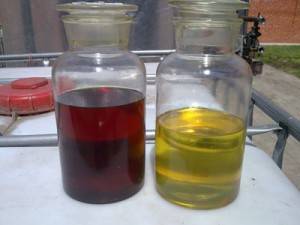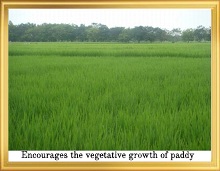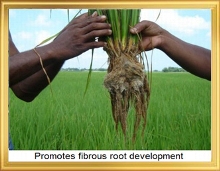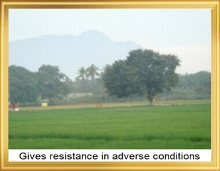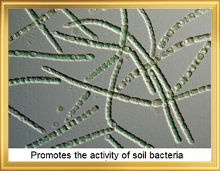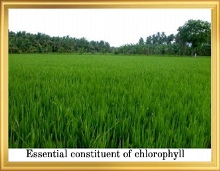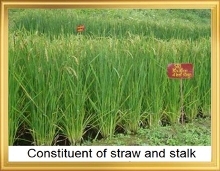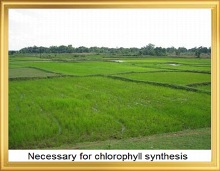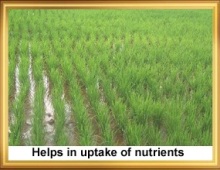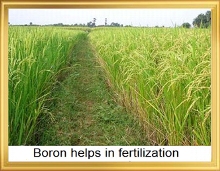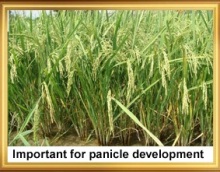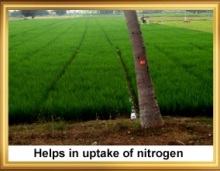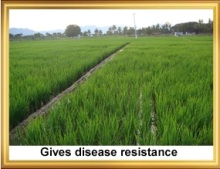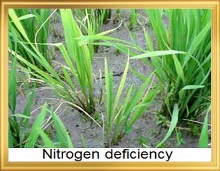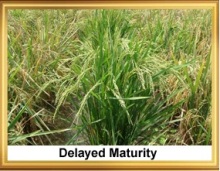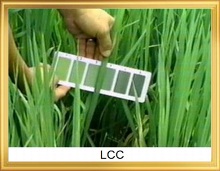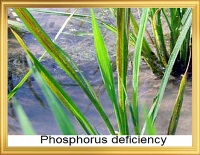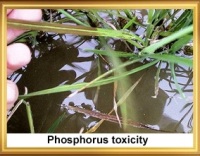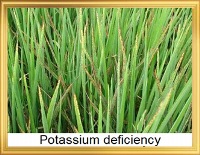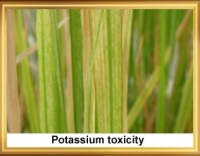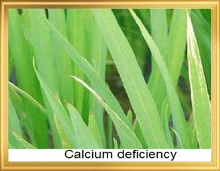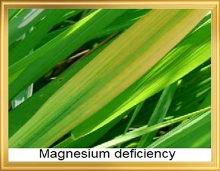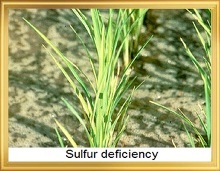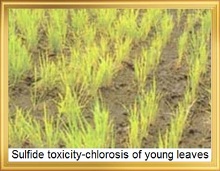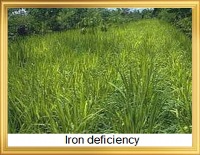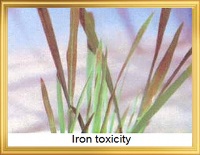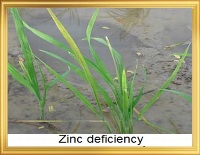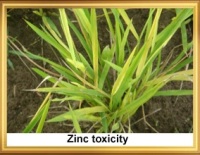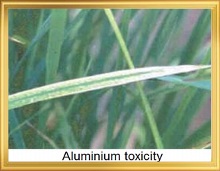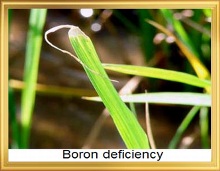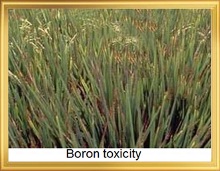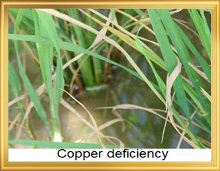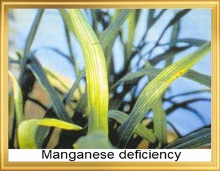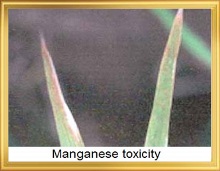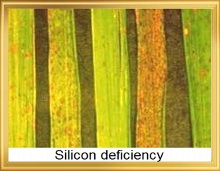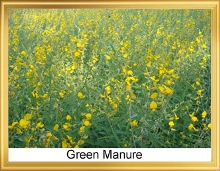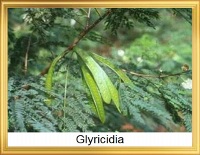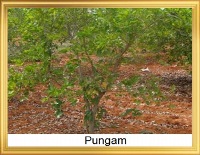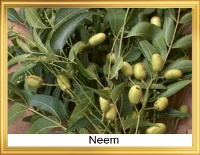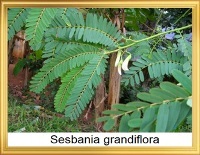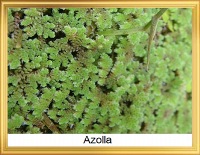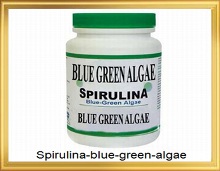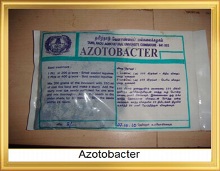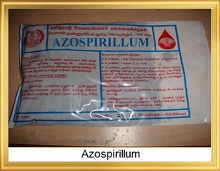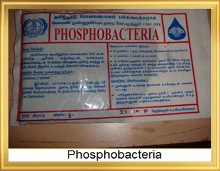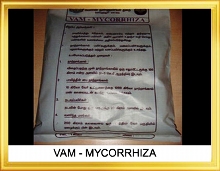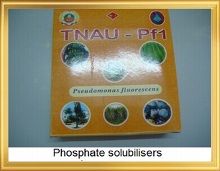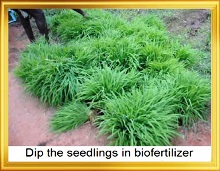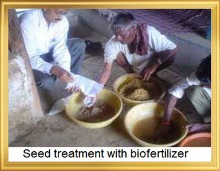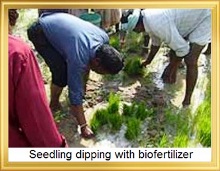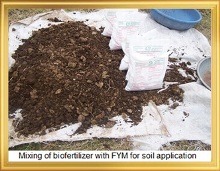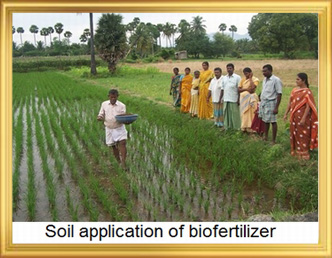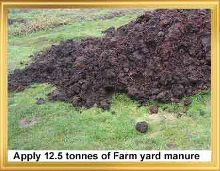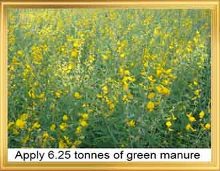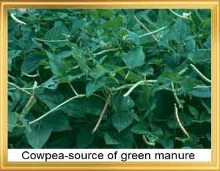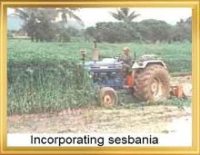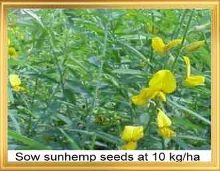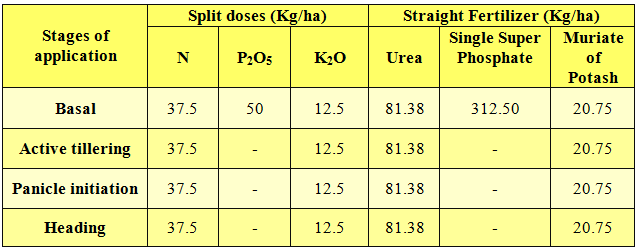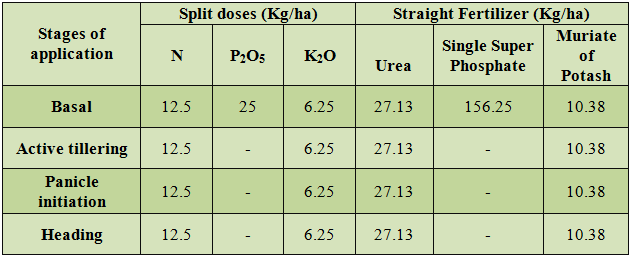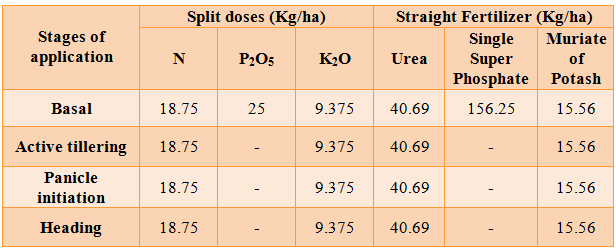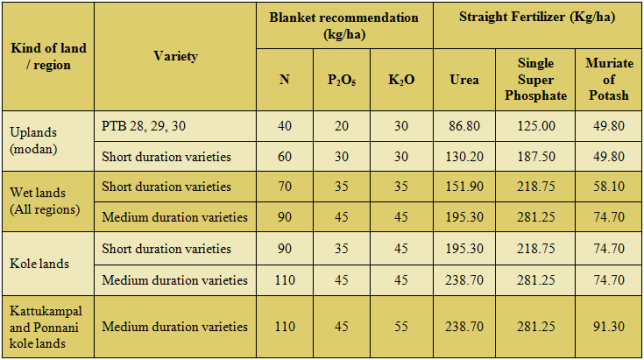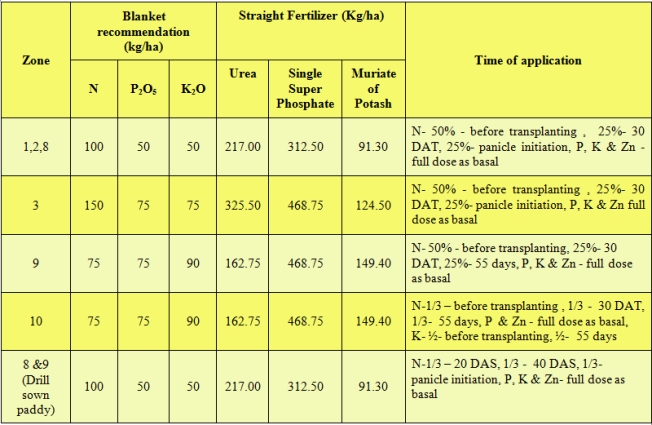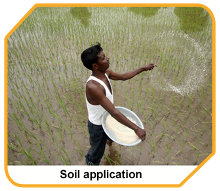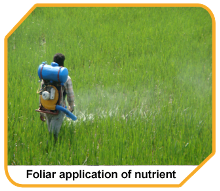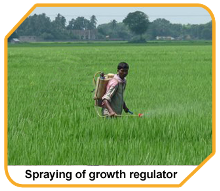Text of PM’s address to the British Parliament
Lord Speaker,
Mr. Speaker,
Mr. Prime Minister
I am delighted to be in London. Even in this globalised world, London is still the standard for our times. The city has embraced the world’s diversity and represents the finest in human achievements. And, I am truly honoured to speak in the British Parliament.
Mr. Speaker, thank you for opening the doors to us, here in this magnificent setting of the Royal Court. I know that the Parliament is not in Session. Prime Minister Cameron looks relaxed and relieved.
But, I want to remind you, Mr. Prime Minister, that you owe me royalty for an election slogan. I know that you are hosting me at the Chequers this evening. But, I also know that you will understand if I am fair to both sides of the floor. Especially since British MPs of Indian Origin are evenly balanced between the Treasury and the Opposition benches. So, I also extend my good wishes to the Labour. Indeed, since these are still early days after the election, my warm congratulations to the Members of the House. And, greetings to the eminent leaders of Britain and great friends of India present here today.
So much of the modern history of India is linked to this building. So much history looms across our relationship. There are others who have spoken forcefully on the debts and dues of history. I will only say that many freedom fighters of India found their calling in the institutions of Britain. And, many makers of modern India, including several of my distinguished predecessors, from Jawaharlal Nehru to Dr. Manmohan Singh, passed through their doors.
There are many things on which it is hard to tell anymore if they are British or Indian: The Jaguar or the Scotland Yard, for example. The Brooke Bond tea or my friend late Lord Ghulam Nun’s curry. And, our strongest debates are whether the Lord’s pitch swings unfairly or the wicket at Eden Gardens cracks too early. And, we love the Bhangra rap from London just as you like the English novel from India.
On the way to this event, Prime Minister Cameron and I paid homage to Mahatma Gandhi outside the Parliament. I was reminded of a question I was asked on a tour abroad. How is it that the statue of Gandhi stands outside the British Parliament? To that question, my answer is: The British are wise enough to recognise his greatness; Indians are generous enough to share him; we are both fortunate enough to have been touched by his life and mission; and, we are both smart enough to use the strengths of our connected histories to power the future of our relationship.
So, I stand here today, not as a visiting Head of Government, given the honour to speak in this temple of democracy. I am here as a representative of a fellow institution and a shared tradition.
And, tomorrow, Prime Minister and I will be at the Wembley. Even in India, every young footballer wants to bend it like Beckham. Wembley will be a celebration of one-half-million threads of life that bind us; one and half million people - proud of their heritage in India; proud of their home in Britain.
It will be an expression of joy for all that we share: values, institutions, political system, sports, culture and art. And, it will be a recognition of our vibrant partnerships and a shared future.
The United Kingdom is the third largest investor in India behind Singapore and Mauritius. India is the third largest source of Foreign Direct Investment projects in the United Kingdom. Indians invest more in Britain than in the rest of European Union combined. It is not because they want to save on interpretation costs, but because they find an environment that is welcoming and familiar.
It takes an Indian icon, Tata, to run a British icon and become your nation’s largest private sector employer.
The UK remains a preferred destination for Indian students. And, I am pleased that an Indian company is taking a thousand British students to India to skill them in Information Technology.
We are working together in the most advanced areas of science and technology. We are finding solutions to the enduring human problems of food and health security, and seeking answers to emerging challenges like climate change.
Our security agencies work together so that our children return home safe and our increasingly networked lives are not prey to the threats on cyber space.
Our Armed Forces exercise with each other, so that they can stand more strongly for the values we represent. This year alone, we have had three exercises together.
And, in the international arena, your support has made it more possible for India to take her rightful place in global institutions and regimes. And, it has helped us both advance our common interests.
Mr. Speaker,
Strong as our partnership is, for a relationship such as ours, we must set higher ambitions. We are two democracies; two strong economies; and, two innovative societies.
We have the comfort of familiarity and the experience of a long partnership. Britain’s resurgence is impressive. Its influence on the future of the global economy remains strong.
And, Mr. Speaker, India is new bright spot of hope and opportunity for the world. It is not just the universal judgment of international institutions. It is not just the logic of numbers: a nation of 1.25 billion people with 800 million under the age of 35 years.
This optimism comes from the energy and enterprise of our youth; eager for change and confident of achieving it. It is the result of bold and sustained measures to reform our laws, policies, institutions and processes.
We are igniting the engines of our manufacturing sector; making our farms more productive and more resilient; making our services more innovative and efficient; moving with urgency on building global skills for our youth; creating a revolution in Startup enterprises; and, building the next generation infrastructure that will have a light footprint on the Earth.
Our momentum comes not just from the growth we pursue, but from the transformation that we seek in the quality of life for every citizen.
Much of India that we dream of still lies ahead of us: housing, power, water and sanitation for all; bank accounts and insurance for every citizen; connected and prosperous villages; and, smart and sustainable cities. These are goals with a definite date, not just a mirage of hope.
And, inspired by Gandhiji, the change has begun with us – the way the government works. There is transparency and accountability in governance. There is boldness and speed in decisions.
Federalism is no longer the fault line of Centre-State relations, but the definition of a new partnership of Team India. Citizens now have the ease of trust, not the burden of proof and process. Businesses find an environment that is open and easy to work in.
In a nation connected by cell phones, Digital India is transforming the interface between Government and people.
So, Mr. Speaker, with apologies to poet T.S. Eliot, we won’t let the shadow fall between the idea and reality.
If you visit India, you will experience the wind of change.
It is reflected in the surge of investments from around the world; in enhanced stability of our economy; in 190 million new bank accounts of hope and inclusion; in the increase in our growth to nearly 7.5% per year; and, in the sharp rise in our ranking on Ease of Doing Business.
And, the motto of Sab Ka Saath, Sab Ka Vikas, is our vision of a nation, in which every citizen belongs, participates and prospers.
It is not just a call for economic inclusion. It is also a celebration of our diversity; the creed for social harmony; and, a commitment to individual liberties and rights.
This is the timeless ethos of our culture; this is the basis of our constitution; and, this will be the foundation of our future.
Mr. Speaker,
Members and Friends,
The progress of India is the destiny of one-sixth of humanity. And, it will also mean a world more confident of its prosperity; and, more secure about its future.
It is also natural and inevitable that our economic relations will grow by leaps and bounds. We will form unbeatable partnerships, if we combine our unique strengths and the size and scale of opportunities in India.
We will see more investment and trade. We will open new doors in the Services sector. We will collaborate more – here and in India - in defence equipment and technology. We will work together on renewable and nuclear energy.
We will explore the mysteries of science and harness the power of technology and innovation. We will realise the opportunities of the digital world. Our youth will learn more from - and with - each other.
But, a relationship as rich as this, with so much promise as ours, cannot be measured only in terms of our mutual prosperity.
Mr. Speaker,
Ours is an age of multiple transitions in the world. We are yet to fully comprehend the future unfolding before us. As in the previous ages, it will be different from the world we know.
So, in the uncharted waters of our uncertain times, we must together help steer a steady course for this world in the direction that mirrors the ideals we share.
For, in that lies not just the success of our two nations, but also the promise of the world that we desire. We have the strength of our partnership and the membership of the United Nations, the Commonwealth and the G-20.
We live in a world where instability in a distant region quickly reaches our doorsteps. We see this in the challenges of radicalization and refugees.
The fault lines are shifting from the boundaries of nations into the web of our societies and the streets of our cities. And, terrorism and extremism are a global force that are larger than their changing names, groups, territories and targets.
The world must speak in one voice and act in unison to combat this challenge of our times. We must adopt a Comprehensive Convention on International Terrorism in the UN without delay. There should be no distinction between terrorist groups or discrimination between nations. There should be a resolve to isolate those who harbour terrorists and willingness to stand with nations that will fight them honestly. And, we need a social movement against extremism in countries where it is most prevalent and, every effort to delink religion and terrorism.
Oceans remain vital for our prosperity. Now, we have to also secure our cyber and outer space. Our interests are aligned across many regions. We have a shared interest in stable, prosperous and integrated South Asia, drawn together in a shared march to prosperity.
We want an Afghanistan that is shaped by the dreams of the great Afghan people, not by irrational fears and overreaching ambitions of others.
A peaceful, stable Indian Ocean Region is vital for global commerce and prosperity. And, the future of Asia Pacific region will have profound impact on all of us. We both have huge stakes in West Asia and the Gulf.
And, in Africa, where, amidst many challenges, we see so many promising signs of courage, wisdom, leadership and enterprise. India has just held an Africa Summit, in which all 55 countries, and 42 leaders participated.
We must also cooperate to launch a low carbon age for a sustainable future for our planet. This is a global responsibility that we must assume in Paris later this month.
The world has crafted a beautiful balance of collective action – common but differentiated responsibility and respective capabilities.
Those who have the means and the know-how must help meet the universal aspiration of humanity for clean energy and a healthy environment. And, when we speak of restraint, we must not only think of curbing fossil fuels, but also moderating our lifestyles.
We must all do our part. For India, a target of 175 GW of additional capacity in renewable energy by 2022 and reduction in emission intensity of 33-35 % by 2030 are just two of the steps of a comprehensive strategy.
I have also proposed to launch during the COP 21 meeting an International Solar Alliance to make solar energy an integral part of our lives, even in the most unconnected villages.
In Britain, you are more likely to use an umbrella against rain than the sun. But, my team defined the membership of the Solar Alliance in more precise terms: you have to be located within the Tropics.
And, we are pleased that the United Kingdom qualifies! So, we look forward to an innovative Britain as a valuable partner in this endeavour. Prime Minister Cameron and I are, indeed, very pleased that cooperation on affordable and accessible clean energy is an important pillar of our relations.
Mr. Speaker,
This is a huge moment for our two great nations. So, we must seize our opportunities, remove the obstacles to cooperation, instill full confidence in our relations and remain sensitive to each other’s interests.
In doing so, we will transform our strategic partnership, and we will make this relationship count as one of the leading global partnerships. Ever so often, in the call of Britain’s most famous Bard that we must seize the tide in the affairs of men, the world has sought the inspiration to act. And, so must we.
But, in defining the purpose of our partnership, we must turn to a great son of India, whose house in London I shall dedicate to the cause of social justice on Saturday. Dr. B. R. Ambedkar, whose 125th birth anniversary we are celebrating now, was not just an architect of India’s Constitution and our parliamentary democracy. He also stood for the upliftment of the weak, the oppressed and the excluded. And, he lifted us all to a higher cause in the service of humanity; to build a future of justice, equality, opportunity and dignity for all humans; and, peace among people.
That is the cause to which India and the United Kingdom have dedicated themselves today.
Thank you very much, thanks a lot.
![]()
![]()
![Tropical Cyclone Megh]()
![Tropical Cyclone Megh]()













